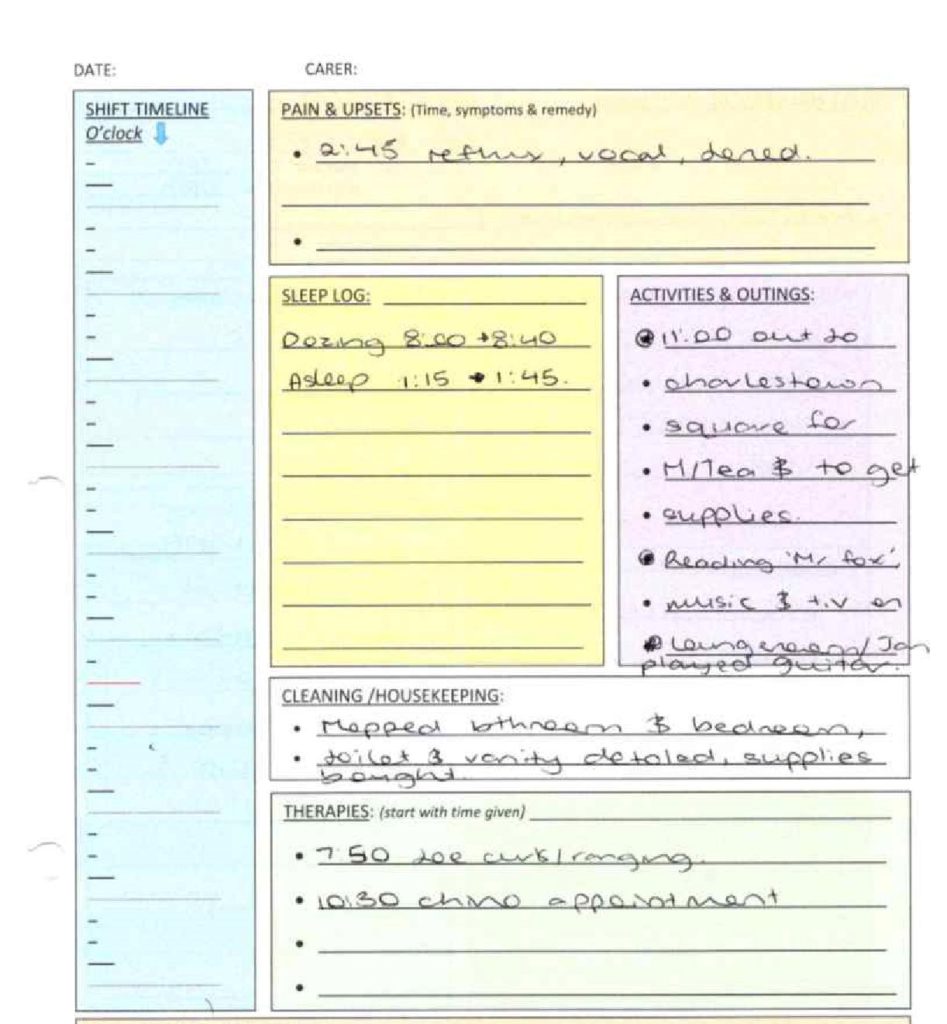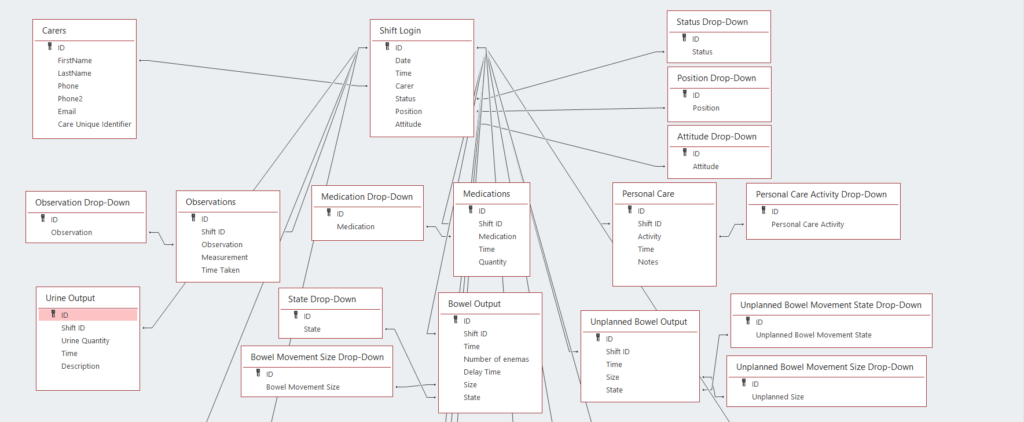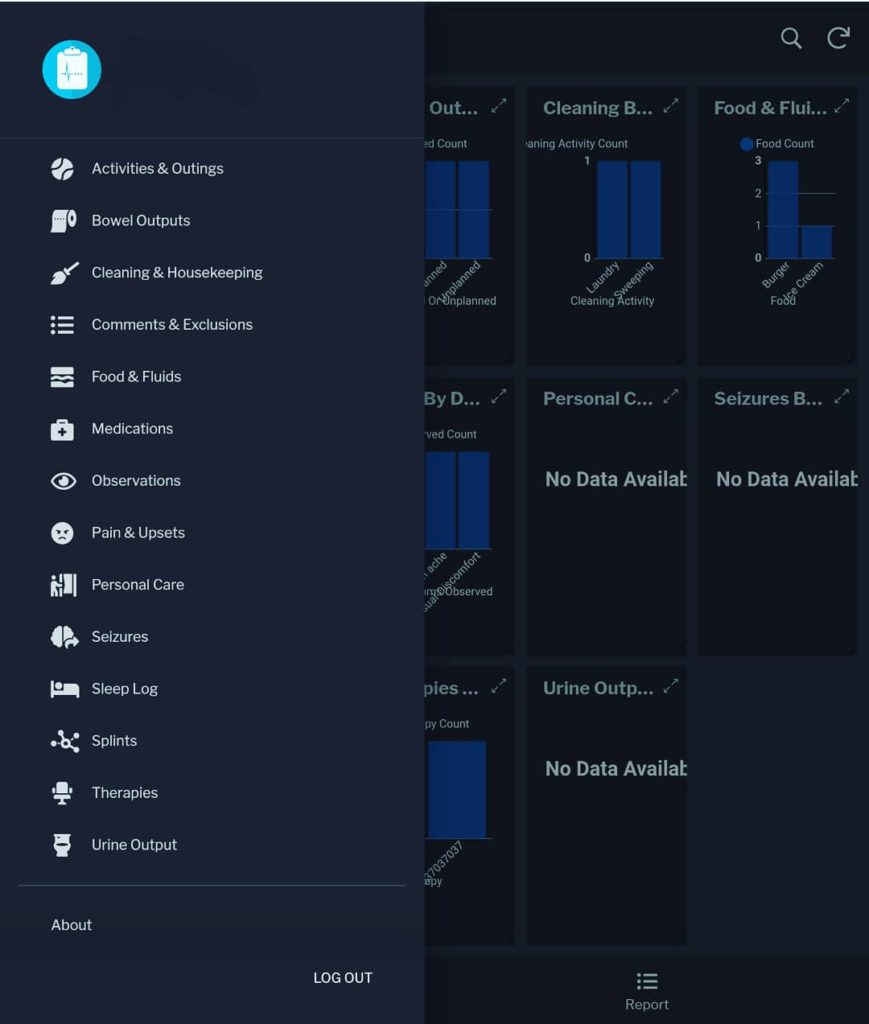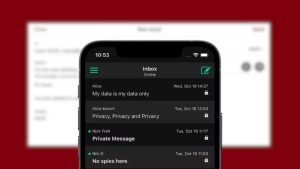Web Design Newcastle
1) Translate the old, hardcopy shift reports into a native mobile app including all fields, converting data into 2NF based on provided sample data hardcopies
2) Mitigate, or eliminate (if possible) ongoing fees such as hosting, subscriptions, or licences.
3) Create an administration-level portal, to allow management of devices which the app was installed on
For Web Design Newcastle


When the database design was completed, we were ale to present a completed, functioning DAPP (Database-App) built using AppSheet. The DAPP included the following functions:
- Frontend shift dashboard; displaying all data that has been recorded for the current shift
- Sidebar menu, with subcategories for reports including examples such as Bowel movements, food & drink intake, Bolus, Aches & pains, activities, moods, medications, sleep or splints.
- Reports menu tabs located at the bottom of the screen, with nested report menus for all reportable categories.
- Report dashboard as per every category, automatically displaying the most recent entries for the shift, the frequency of entries per category over the last 30 days
- Nested reports based on hyperlinks within report dashboards, displaying graphical data based on every individual point of data for every category, all defaulting to 30 days; Such as a FoodType Sandwich, and frequency of Sandwiches over the past 30 days, or MedicationType Panadol, dosage & frequency over the past 30 days.
- Shortcut link to generate customised reports for every point of graphical data, allowing the user to generate reports based on custom-input DateRange.
The above allowed all of Ted’s sons carers to check in to a shift via a mobile app, record all events, sign off on a shift and record individual points of data which could then be extensively searched and reported on, to deliver the fundamental goal of looking for potential trends in Events or activities throughout his son’s daily activities with his carers.
-Web Development Newcastle
Ted was pleased with the resulting app, as it was able to deliver everything required.
However, there was another hurdle which was not anticipated on, which was with a highly malleable and customizable app which recorded and reported on all data 24/7, navigation of the system became complicated.
As an entirely custom data system specific to his needs, the scope included every conceivable way to report on data – The end result was a highly complicated, difficult to navigate DAPP.
After this was realised, Data Fidelity had tackled this issue by creating unique user roles, which had varying levels of permissions, and creating visibility rules for specific buttons, links or reports.
This allowed Ted and his general manager to view and report, but to view and report exclusively; Carers were able to view general report data, but were able to simply begin recording shift information, and input data, and were not able to view or generate customizable reports. This allowed for them to minimize time spent during the shift trying to figure out the app to spend more time caring for his son, and it also cleared a lot of ‘fuzz’ for Ted, when he is wanting to view and generate reports looking for positive or negative trends with his son’s activities.
For Web Development Newcastle

Built to be unique, and easy to navigate.
As the app was used solely as a data collection and reporting tool, there was no need for the app to be appealing to a broader community – it was not going to be a profit generating app, it was, at its core, a productivity tool; a utility to allow carers to provide the most accurate information when it came to the care of Ted’s son, and allow Ted and his manager to view and analyse data to check for progress with his son’s health.
This translation from hardcopy paper reports to a digital form is commonly called a Digital Transformation; a transition from hardcopy to softcopy data, and utilising the productivity, sustainability and security that can come with digital data as opposed to hardcopy data.
AppSheet is a powerful tool to use, when someone needs an app to process data; Not so much a tool for a highly marketed digital asset, but a series of datasets that an individual or organisation that wants to improve their data efficiencies.
Using the power of Google Sheets, amalgamated with AppSheets NoSQL framework, Data Fidelity was able to complete the app as a powerful, standalone app compatible with both Android & iOS devices, building the app in a way that allowed for it to be expanded upon in the future, in a way which did not require a skilled database administrator or web developer; and could be expanded upon with basic fields, via a Google spreadsheet. Simple!
Web Development Newcastle





